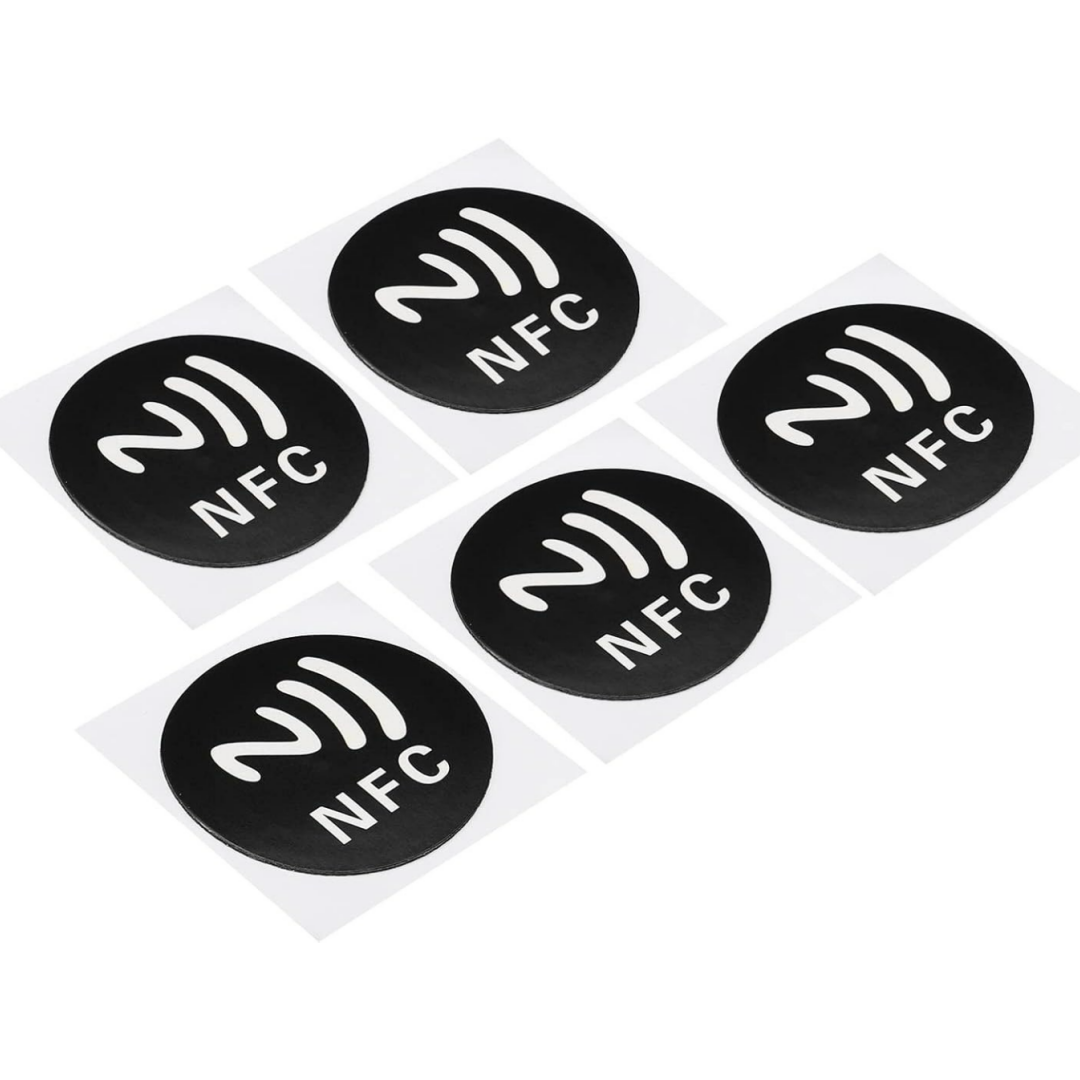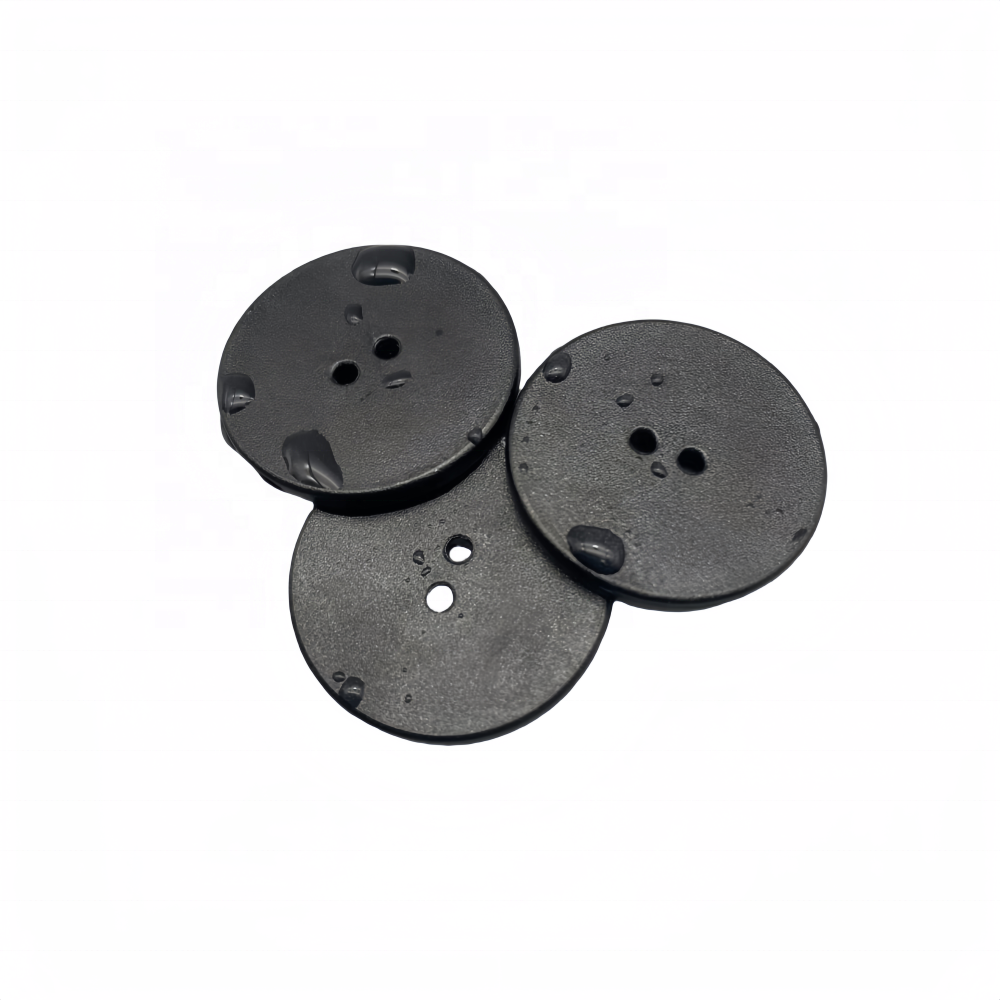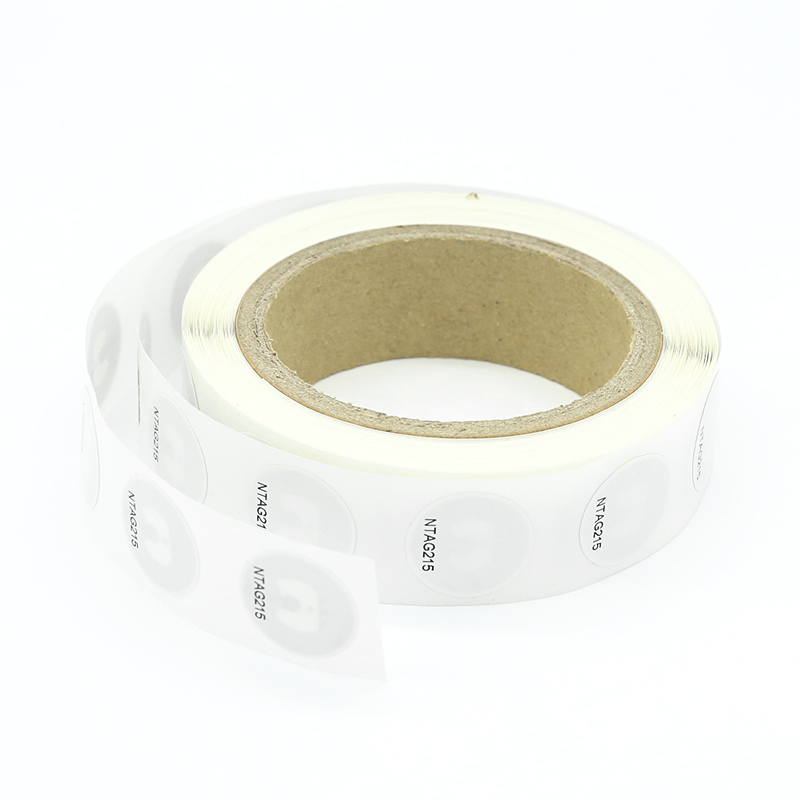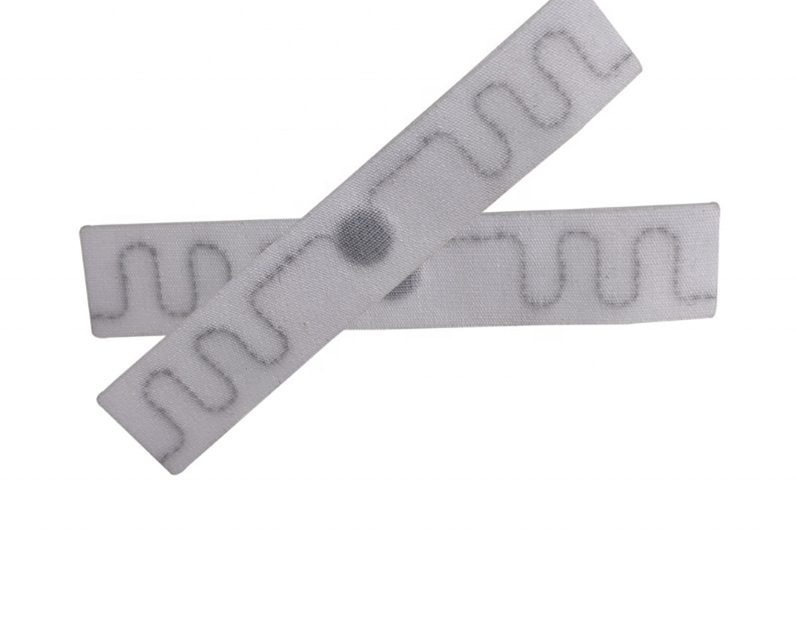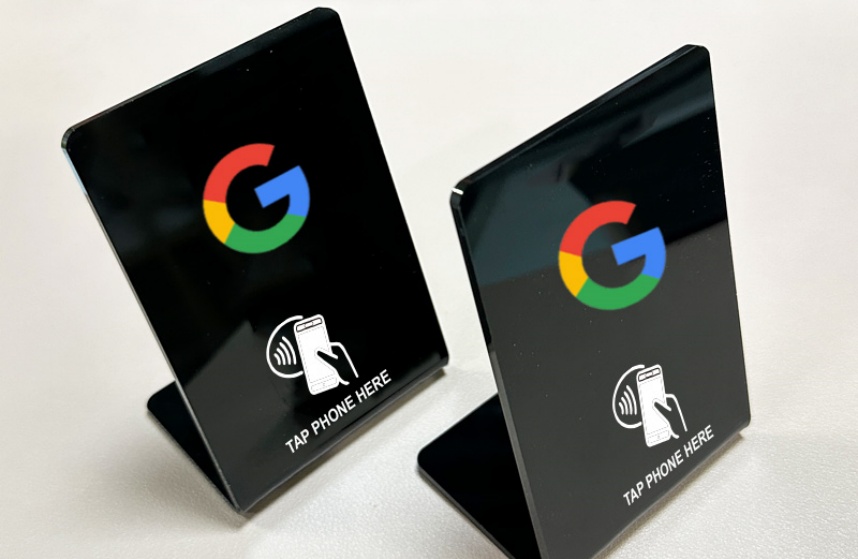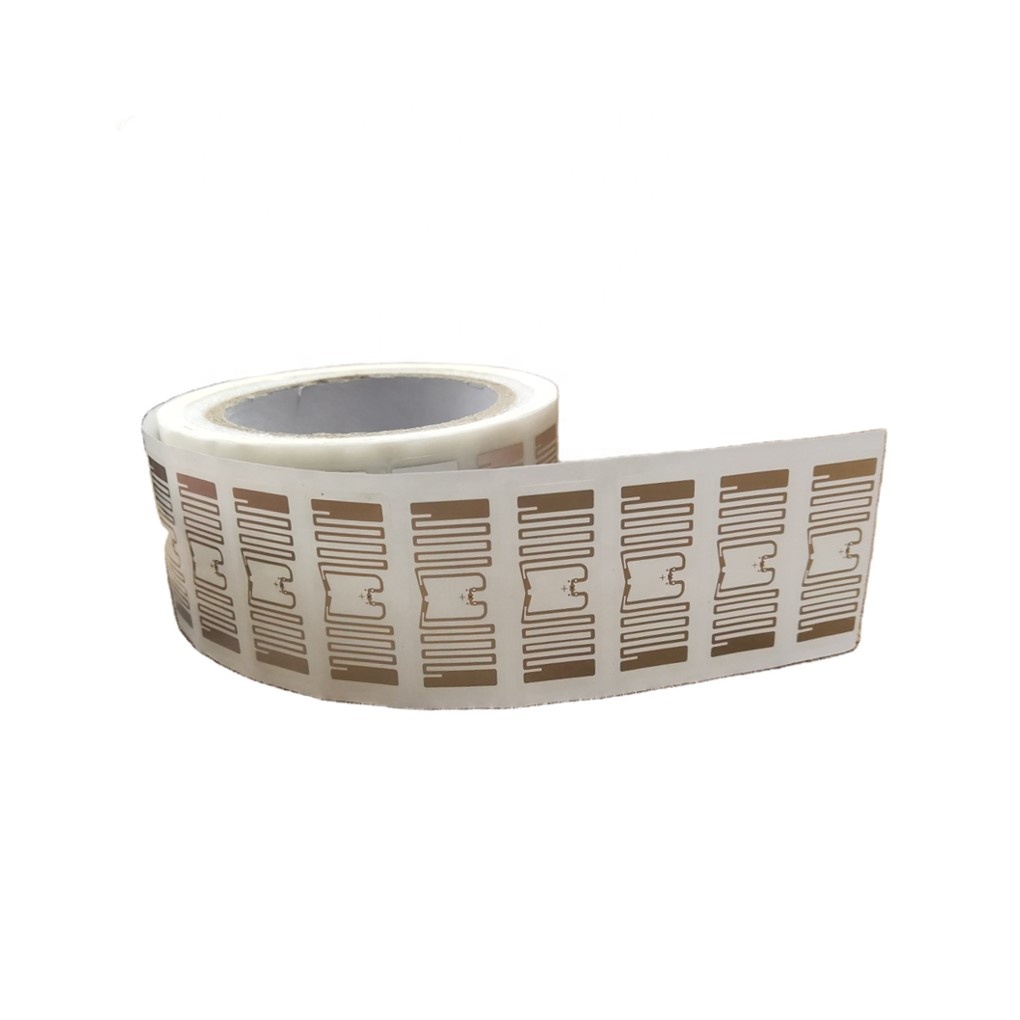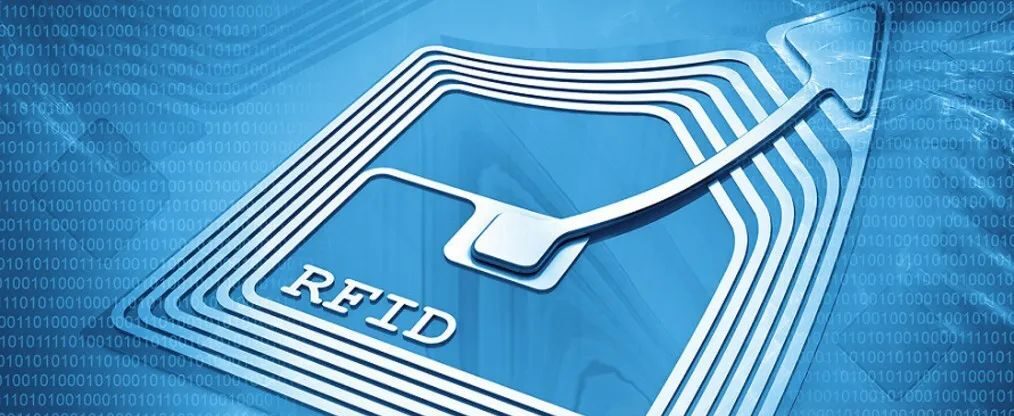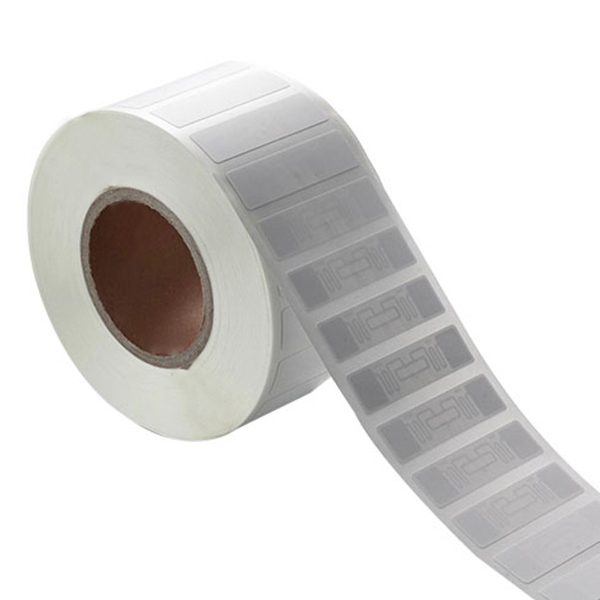The Philippines will fine vehicles without RFID tags! Car owners, take note!
Starting August 31, 2024, if your car does not have an RFID tag or there is no money in the tag, you may be fined by the Philippine government. Why do this? Because it is a new way to make toll booths faster and smoother.
What are the benefits of RFID tags?
Putting on an RFID tag is equivalent to installing a “fast pass” for your car. It has many advantages:
🚗 Faster passage: no need to stop, reducing traffic jam time.
🚦 Reduce congestion: vehicles flow quickly, and toll booths are no longer blocked.
🌱 Environmental protection and energy saving: less parking, less fuel consumption, and less exhaust gas.
🛡️ Better management: the transportation department can supervise vehicles more conveniently.
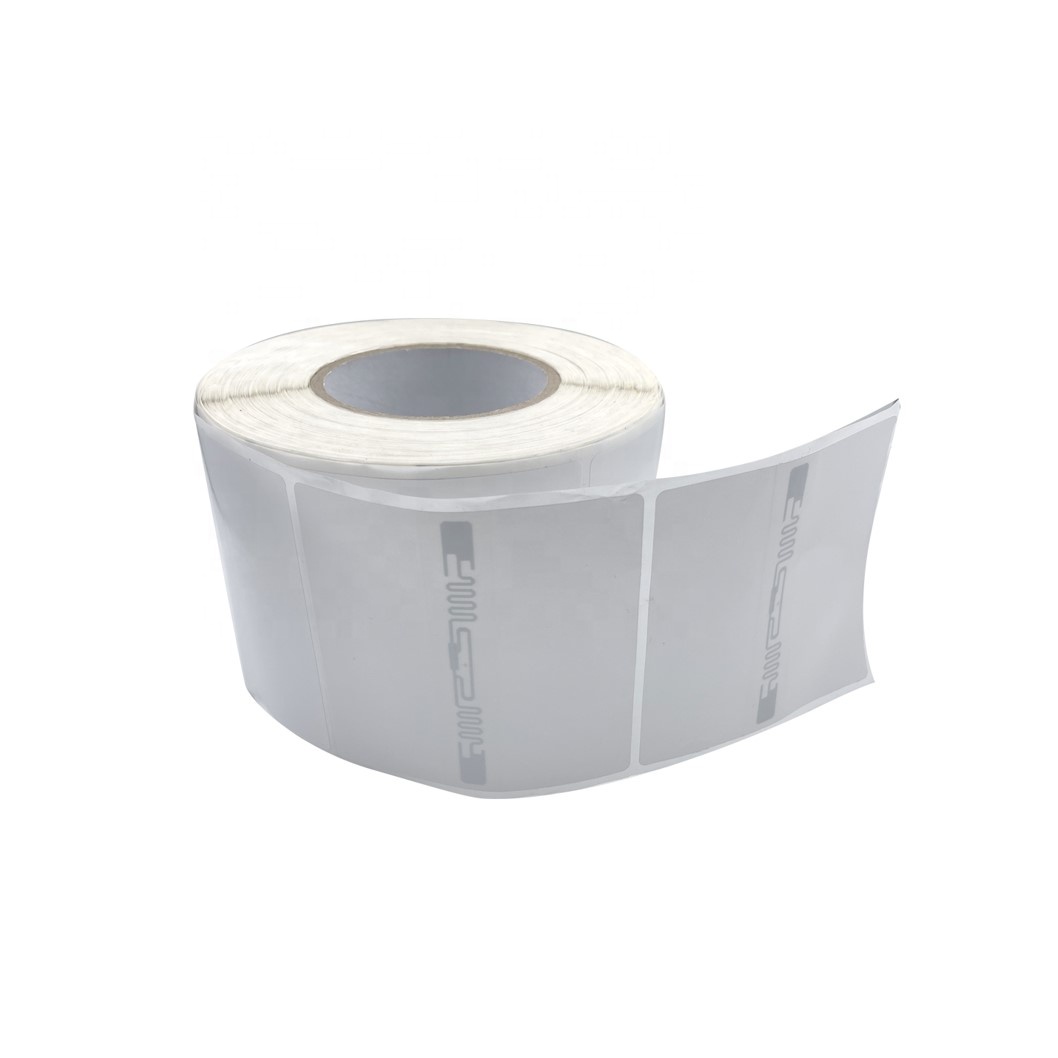
What’s special about this RFID tag?
We recommend a UHF RFID tag that is powerful, easy to operate, and suitable for all types of vehicles:
Parameters Content
Frequency range 860 – 960 MHz
Chip options Impinj Monza R6, Ucode 9, M730
Tag size 50x50mm (customizable)
Material Paper, PET, anti-metal material label Adhesive type High-quality permanent adhesive
Reading distance Up to 10 meters (depending on the device environment)
Printing method Thermal direct printing, thermal transfer
Data format Compatible with EPC Gen2 V2
This tag can not only be attached to ordinary vehicles, but also suitable for trucks, buses, and even some metal surfaces.

Summary
The implementation of this RFID policy is an important step for Philippine transportation to be “faster, smarter, and more environmentally friendly”. As long as car owners prepare RFID tags in advance, they can save time, avoid fines, and contribute to smooth traffic across the country!


